How to Deindex a Negative Page from the Search?

Negativity in today’s times can be potent against businesses and individuals. Anyone can be targeted by a smear campaign. You can be targeted by trolls and actually any individuals who can be “weaponized” against you by the negative public opinion.
Dealing with online smear campaigns can become a harrowing experience. Negativity, whether in any form of negative comment, unwanted post, or personal data, can destroy reputations and kill success. Deindexing is one of the most efficient methods of overcoming such negativity and removing unwanted materials from search results.
What is Deindexing?
Indexation is the process by which search engines like Bing and Google expose web pages to enable them to be searched and returned on search results. Bots keep crawling the internet searching for information. Crawling is Google’s engineering answer to discovering content. Every time a bot opens a document, it dumps the body and different content types into different parsers, like title and meta-description. The content gets dumped into the indexer, which puts the site into different indices or ranks it.
Indexing a page makes it available to users whose search requests are similar to this content. Deindexation is taking a page out of an index of a search engine. It disallows the unwanted content from appearing in search results; hence, it reduces the visibility and impact of the negative information.
How to Deindex a Page from Google?
To deindex a page from Google, do the following:
Go to the Google removal page:
-
- Google Removal Request. It presents a step-by-step process for filling out the removal requests in a way you can easily make use of tools required to navigate the undesirable content professionally.
Select the proper reason for removal:
-
- To remove personal info, select the Google product where the content you are reporting appears, for example Google search, YouTube, etc.
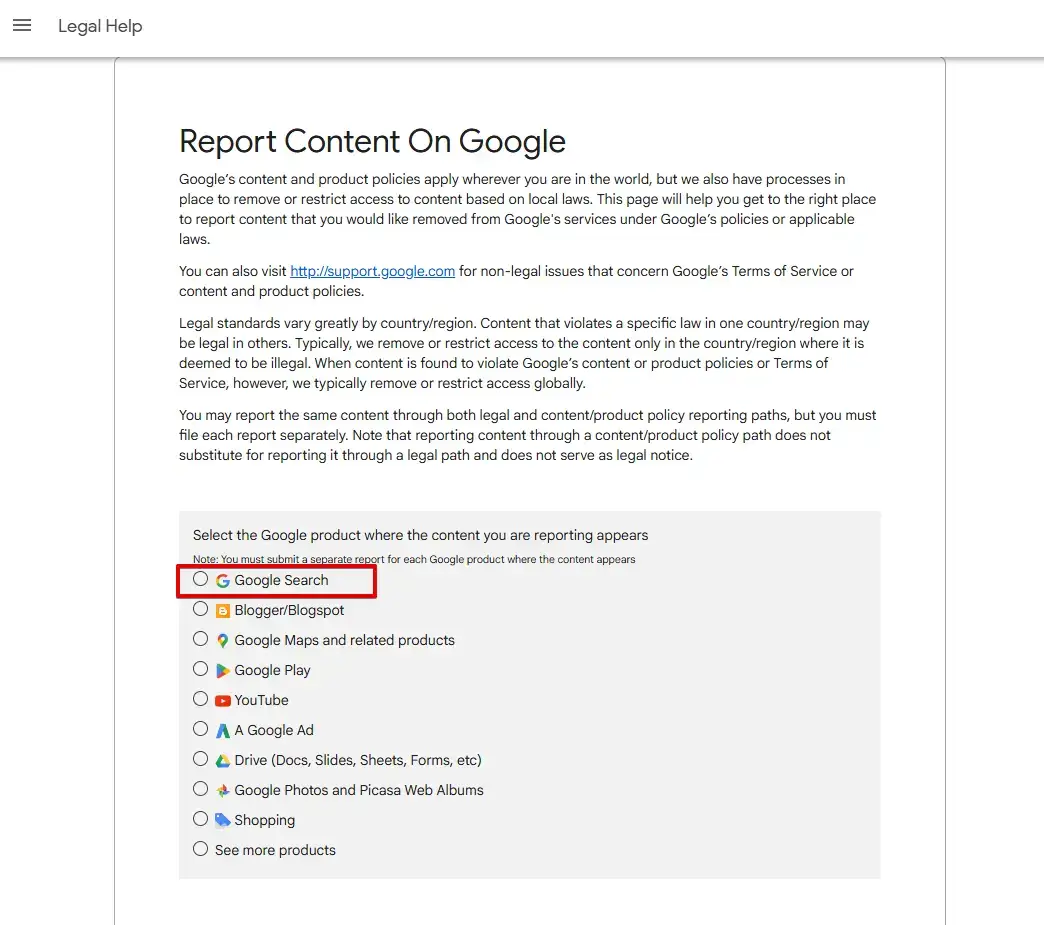
-
- Then specify that the request is not related to content generated by AI within a Google product. This will help you delete the content that could infringe on your safety or privacy, such as personal information that could initiate identity theft.
- For legal issues: Choose “Legal issue with content” if you believe the materials violate your rights or applicable laws, which could include issues like defamation or copyright that have serious legal consequences.
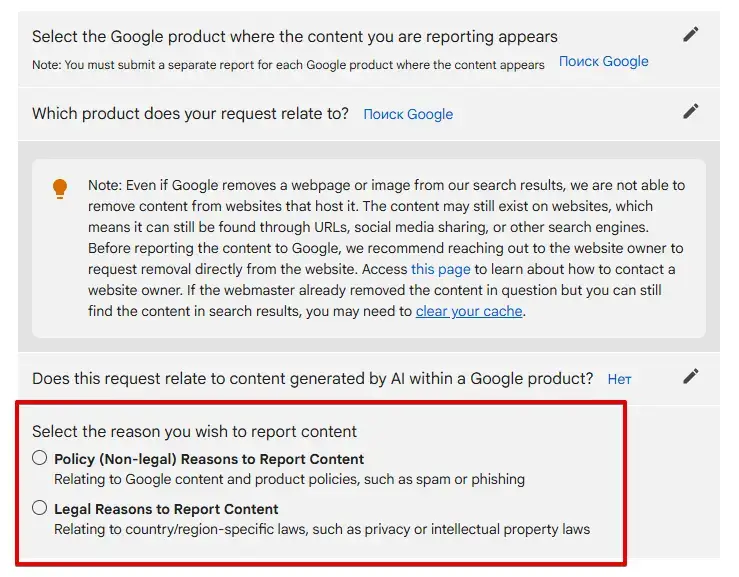
Continue with the specific workflow based on your selection – this is a critical step because it guides you through the process based on your specific case.
-
- For personal information: Select what type of information you’d prefer to erase. Choose 1 of 4 options: Personal Data, Intellectual Property, Court order, Other. This will help you delete such info as identification numbers, card details, or other data that could compromise you if accessible to all.

- For legal issues: Specify the nature of the issue, i.e., copyright infringement or defamation, to define why the material is offending and to make your reason for removal more persuasive.
Complete the form with:
-
- Your contact details: Input correct contact details, so Google will be able to reach you they should require extra information or send you a message regarding the progress of your request.
- Search terms: Use keywords or phrases that constitute the offending content, which informs the search engine about the context of your query and how people may look for it.
- The URL you want to delete: Clearly enter the entire web address of the material to effectively target the correct page. This helps Google locate the exact material in question.
- An explanation of why the information should be removed: Offer a concise but descriptive reason for deletion request, with the potential harm or violation being inflicted by the content.
Provide any documents supporting your request where applicable.
Fill in the form. Complete the remaining sections of the form, complying with the mandatory fields marked with an asterisk (*).
Note down the case reference number for future reference.
Look out for a response (within about 1-2 weeks).
How to deindex a Page from Bing and Yahoo?
In order to deindex a page in Bing, you should do the following:
Go to Bing’s content removal page: Bing Content Removal Request. The webpage offers a friendly interface where users can issue removal requests for the materials so that making the request is convenient and easy.
Report a concern. Choose the product or service you are reporting on so that your inquiry can be dealt with efficiently.
-
- Bing Search
- Image Creator
- Copilot
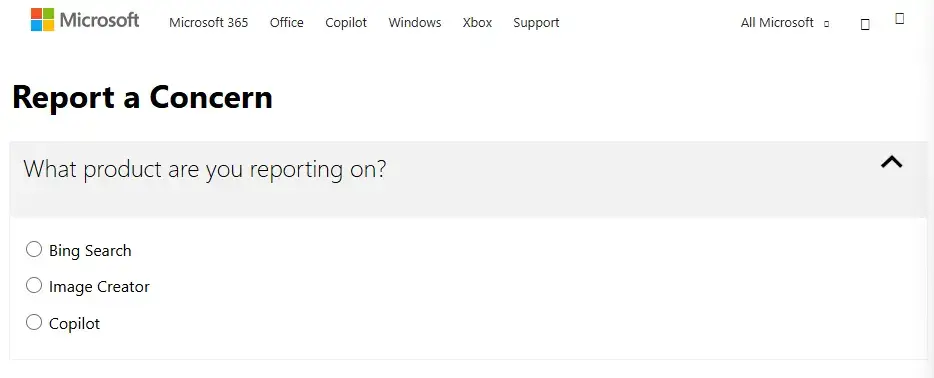
Choose “Tell us about your concern.”:
-
- Exposed personal information: This refers to situations where your private data, such as your name, address, or contact details, are publicly accessible without your agreement.
- My Intellectual Property: This involves concerns related to unauthorized/unsolicited use or theft of your creative works, which can undermine your rights as a creator or business owner.
- Unlawful content: This pertains to any material that is against laws or regulations, such as hate speech, copyright infringement, or illegal activities.
- Malicious websites: These are sites designed to harm users, either by spreading malware, phishing for personal information, etc.
- Unexpected offensive or harmful material: This includes information that is inappropriate, abusive, or distressing.
- A broken link or outdated webpage: This refers to URLs that lead to non-existent pages or content that is no longer relevant for you or other users.
- A related search or search suggestion provided by Bing: This involves concerns about inaccurate or misleading search results.
- Information on Bing Maps: This applies to inaccuracies or issues with location data, directions, or business listings on Bing Maps, which can impact navigation and planning.
- A listing on Bing Places: This involves concerns about the accuracy or legitimacy of business listings on Bing Places.
- An advertising issue: This refers to problems related to advertisements, such as inappropriate content or misleading information.
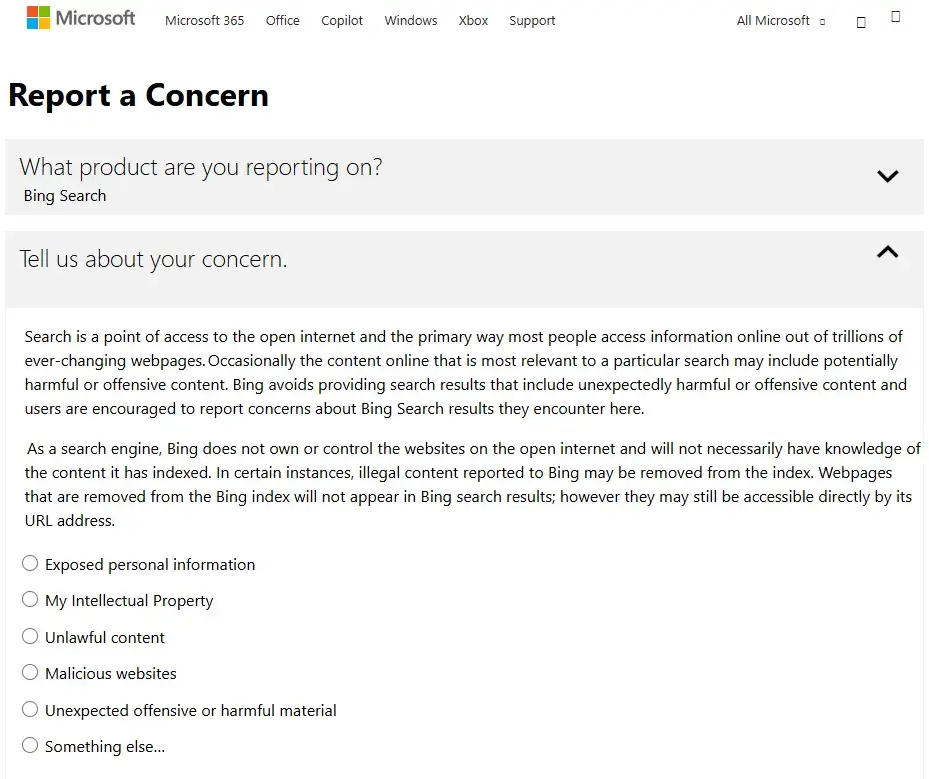
Complete the form with:
-
- Your contact information: Provide accurate contact details, so that Bing can contact you if they need additional data or to give you feedback on the status of your ticket.
- The URL you want removed: Provide the exact web address of the material you’d like removed so that the correct page is targeted.
- A detailed explanation of why the content violates policy: Provide a detailed explanation for your request, stating how the content is non-compliant with Bing’s policies or legal guidelines, which helps reviewers grasp the importance and urgency of your request.
Provide any required supporting documentation.
Check the verification box and submit.
Record the request reference number.
Wait for Bing’s review (typically 1-3 weeks).
Because Yahoo is based on the Bing index, going through the process of Bing removal will automatically include your ticket in Yahoo search listings.
Why is Negative Content Suppression Important?
Undesirable content has the potential to spill over into private lives, create job issues, and damage or destroy business reputations.
- To individuals, negative or obsolete content will affect job prospects and friendships.
- To businesses, undesirable or aggressive reviews or publications will drive away the target audience and potential customers and destroy brand image. Keeping negative content at bay is essential to maintaining a good online image and long-term profitability.
What are the Deindex Alternatives?
If deindexing is impossible, try to use the following alternatives:
- Speak to the Content Creator: Content the writer/blogger/site posting the undesirable content and express your concerns so that they can be addressed. The page can also be temporarily removed from search results using the Google Search Console linked to the website.
- Push Down the Link: Employ search engine optimization (SEO) strategies to create positive content that outranks the negative page, pushing it deeper in search engine results. Here are a few recommendations you can follow to push the negative content down:
- Create new content: Create new materials such as personal blogs or websites, social media profiles, and online listings for your business. This will help you push down the offending content in SERPs (search engine results pages) and create new, image-enhancing results in the ranking.
- Optimize your content: Ensure that your new information is optimized for web crawlers by utilizing the relevant keywords and meta tags. This will help you enhance the visibility of your new info in SERPs.
- Encourage external linking and cross-linking to your content: Encourage others to give links to your new content by reaching out to industry influencers and industry-specific websites. This will help to improve your website’s domain authority, popularity, and, consequently, search engine rankings.
- Removing Services: Consider hiring online reputation management experts who will help you with spin-doctoring and remove or bury the offending content. Agencies that specialize in this field have a lot of resources and tricks that may be inaccessible to regular users.
Conclusion
One can deindex a defamatory page with proper strategy and tools. Reputation management is extremely important in this Internet age. By burying or deindexing the negative content, whichever is applicable, you can ensure that your professional as well as personal reputation are safe.
FAQ
How long does it take to deindex a page?
It takes from several days to weeks to deindex a page. It depends on the speed of response of the search engine.
Can you deindex a page you don’t own?
You can ask for pages to be deindexed if they infringe on your rights or include personal information, but you will have to provide proof in support of your case.
Does deindexing remove the content from the web?
No, deindexing deletes the info from search results only. The content continues to exist on the source website. To have the content removed from the web altogether, you will have to approach the site owner or administrator directly.
What shall I do if my deindexing request is denied?
If the search engine refuses your request, you can consider the reasons behind their denial and whether you should submit more evidence or consider alternative methods of resolving the problem.
Can I prevent bad content from being displayed in the future?
While you can’t prevent everything from being posted on the internet, you can work proactively and control your online presence by monitoring your digital footprint, producing good content, and engaging with your audience to build a positive image.
Is deindexing worth hiring a professional for?
If the offending content is seriously impacting your business or reputation, it might be a reasonable investment to hire a professional reputation management company. They have the know-how and experience to respond to the subtleties of internet info suppression and removal.
Sources
Google Search Central – Guide to how to remove content from Google Search: Google Removal Request.
Bing Webmaster Tools – Learn about content removal requests: Bing Content Removal.
Search Engine Journal – Blog posts on online reputation management and burying bad content.
Moz – Bury bad content with search engine optimization strategies.
Legal Information Institute – Details on copyright infringement and personal data rights.
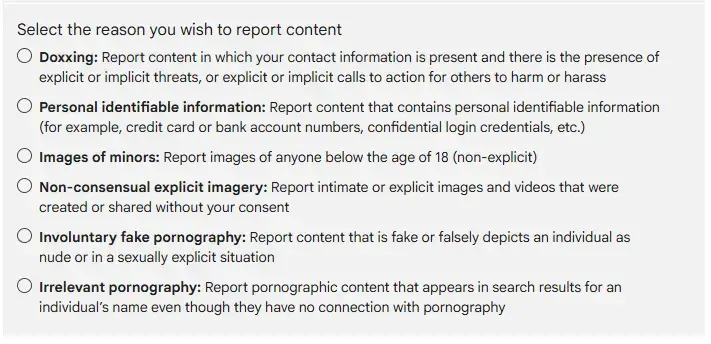






This article does not have any comments. Be first to leave one.